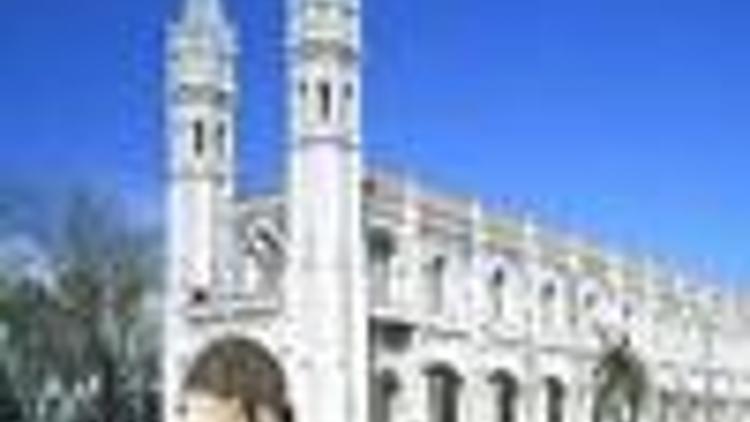Portugal to fortify its economy with tourism
Güncelleme Tarihi:

LISBON -Portugal, the land of melancholy Fado singers, Porto wines and happy people, is taking confident steps to invigorate its economy with tourism.
The capital Lisbon is home to Europe’s longest bridge, the Vasco da Gama that crosses over the Tagus River; largest aquarium, The Lisbon Oceanarium; the 25 April Bridge, which is a copy of the San Francisco Bridge; and a super modern EXPO area. Most of the land, however, preserves historic architecture and the country’s traditional way of life.
The country became a member of the European Union in 1986. According to representatives of locomotive sectors of the economy and the overall public, there are bad sides to being an EU member, too. Portugal used to be a fishing country. Throughout history, fishermen went sailing and women mourned and looked after their family. That’s how the traditional Fado came out. Women sang songs that expressed their yearnings for beloved ones, their fishermen husbands. Although the tradition of Fado continues, fishery has lost its attractiveness for Portugese people since EU membership.
"The bulk of fishing activities are small nowadays," Carlos Serodio, the head of the Center of Development for Fishery and Sea, or For-Mar, told the Hürriyet Daily News & Economic Review. For-Mar is 40 percent supported by the European Social Fund and the rest of the activity is supported by the government. There are 20,000 legal fishermen in the country and 8,000 of them are working with small boats, Serodio said. The freezing and canning industry and fish traders have 30,000 employees in total.
"To be working in a fishery one has to be trained. Since 1986, the industry has changed a lot. The number of people working for this sector is decreasing," Serodio said.
"To be working in a fishery one has to be trained. Since 1986, the number of people working for this sector is decreasing," Serodio said.
In the beginning, the EU gave funds to young people for training, but according to For-Mar, this financial support is now based on "controlling the market."
"We have to protect the sector, that’s why we support and educate thousands of people because if we don’t preserve it we may have migrants working for the sector," another For-Mar offical said.
Although fishing has been important for Portugal it has never been the biggest sector. The best-known fish species, the bachalao, is not caught near the Portuguese coasts. The fishermen catch bachalao off the coasts of Norway and then bring them to Portugal.
There are some who have created opportunities through EU grants. Jose Alexandre, who derives salt from seawater, turned his land into a fish farm with 2 million euros in support.
But Portugal now focuses on tourism, aiming to draw high-income tourists. After Fado houses, where talented women sing, tourists are mostly interested in Porto wines, which are mostly exported to Britain and France. Portugal is visited by 12 million tourists each year and 11 percent of the national income comes from the tourism sector.
According to the European Commission, 14 percent of EU funds between 2000 and 2006 were used in the tourism sector.
Deputy Tourism Minister Isabel Araujo said they are seeking to draw high-income tourists. Admitting that they have followed wrong policies in the past, as evidenced by today’s ruined coasts, Araujo said they are now allowing tourism in natural areas, parks and agricultural lands. Portugal hosts many tourists from Spain, the neighbor that has a long and complicated historical relationship with Portugal. The complication is reflected in old Portuguese sayings such as, "Neither a good bride nor a good wind comes from Spain."

